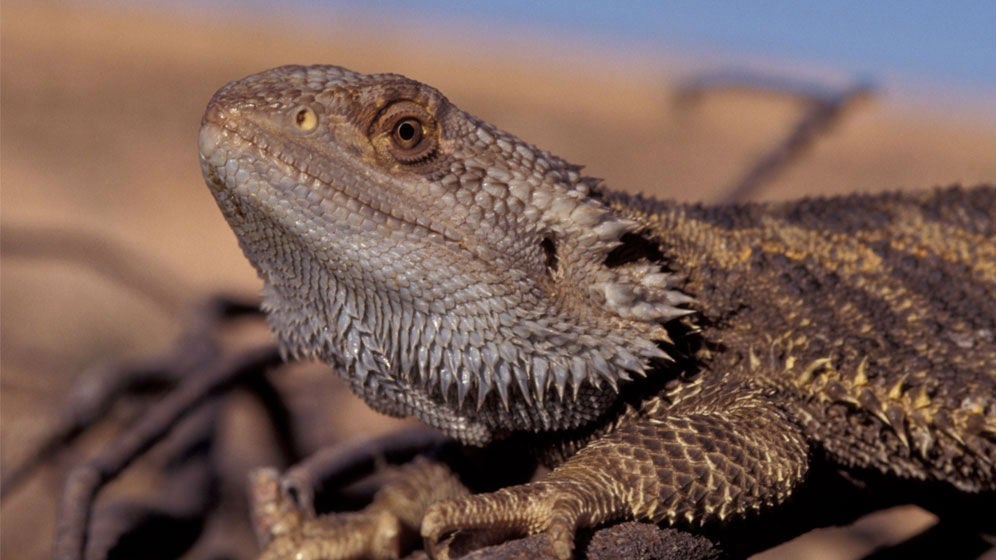Climate change is making Australian lizards change sex
Climate change affects animals in intense ways. Birds change their migratory patterns, polar bears have had to change their diets, and coral bleaching can lead to the depletion of habitats for entire marine ecosystems.


Climate change affects animals in intense ways. Birds change their migratory patterns, polar bears have had to change their diets, and coral bleaching can lead to the depletion of habitats for entire marine ecosystems.
And now, scientists from the University of Canberra in Australia have found that (paywall) extreme temperatures are causing genetically male bearded dragon lizards to be born female. These “sex-reversed” female lizards are capable of having viable offspring with male lizards.
In a breeding experiment, scientists found that they could manipulate the sexes of the hatched lizards by changing only the temperature. At incubation temperatures just above 33 degrees Celsius (91.4 degrees Fahrenheit), the sex of the lizard becomes entirely temperature-dependent, producing only females—even if the genes are entirely male.
Like many animals, the sex of these lizards is determined by chromosomes inherited from their parents: ZZ for male, and ZW for female (similar to our XX chromosomes for female and XY for male). However, researchers found that some of the lizards incubated at higher temperatures with ZZ chromosomes (genetically male) had ovaries like females.
“The signal from the sex chromosomes to become male is reversed by incubation temperature so that the ZZ offspring become female,” Arthur Georges, an ecologist from the University of Canberra and co-author of the paper, told Quartz in an email.
Researchers found that these sex-reversed female lizards can reproduce just like genetically female lizards, and can even yield more offspring. They mated both ZW females and ZZ females with unchanged ZZ males. Not only did the ZZ moms produce viable offspring, but more of them: ZZ female lizards typically had an average of about 47 eggs per litter, whereas ZW females only had about 25 eggs per litter.
“In a way, one could actually argue that dad lizards make better mums,” Clare Holleley, an ecologist at the University of Canberra and co-author of the story, said in a press release.
The fact that the researchers were already able to find some of these sex-reversed females in the wild means that these changes are already happening. Georges says that as climate change continues and local temperatures in Australia rise even further, the sex of these lizards could be entirely determined by temperature, instead of genetically.
“We believe that the genotypic sex determining mechanisms (gene regulation) is chaperoned at low and intermediate temperatures so that the signal ‘be male, be male, be male’ is consistently delivered despite daily, seasonal and locational variation in ambient temperatures while the eggs are incubating,” Georges told Quartz in an email. “When you push temperatures up, this chaperoning mechanism breaks down, and the ability of the system to produce males collapses.”
In the long term, the lizards’ population could be end up skewing female.